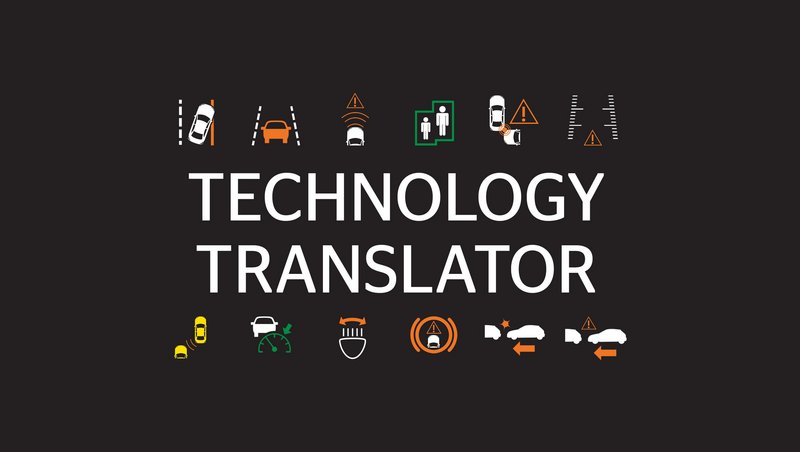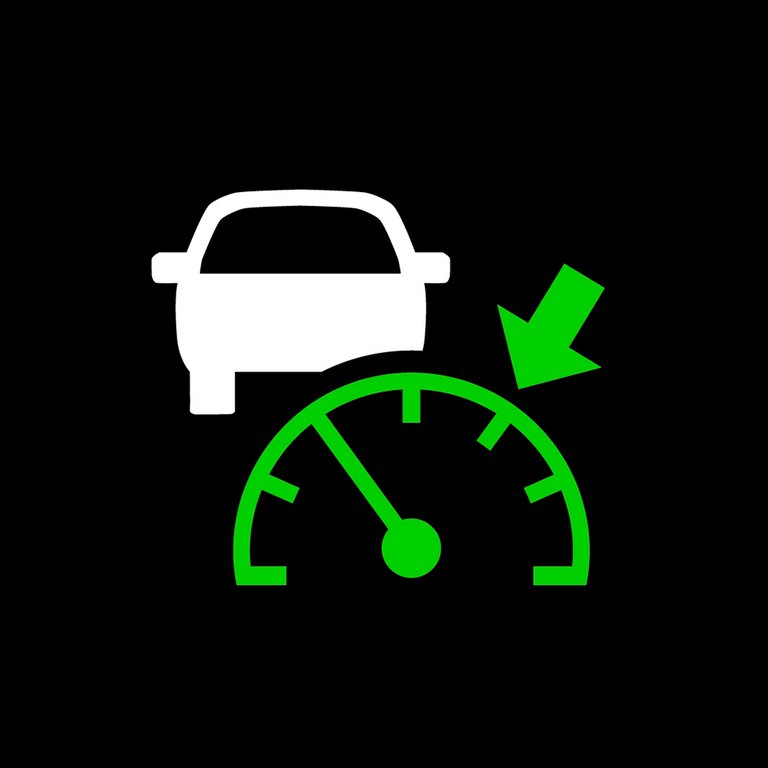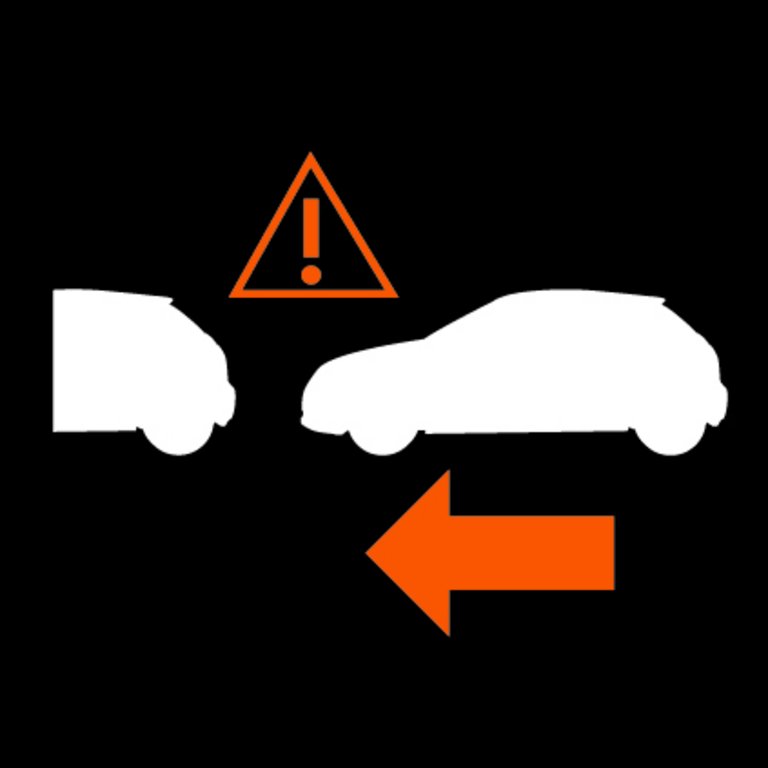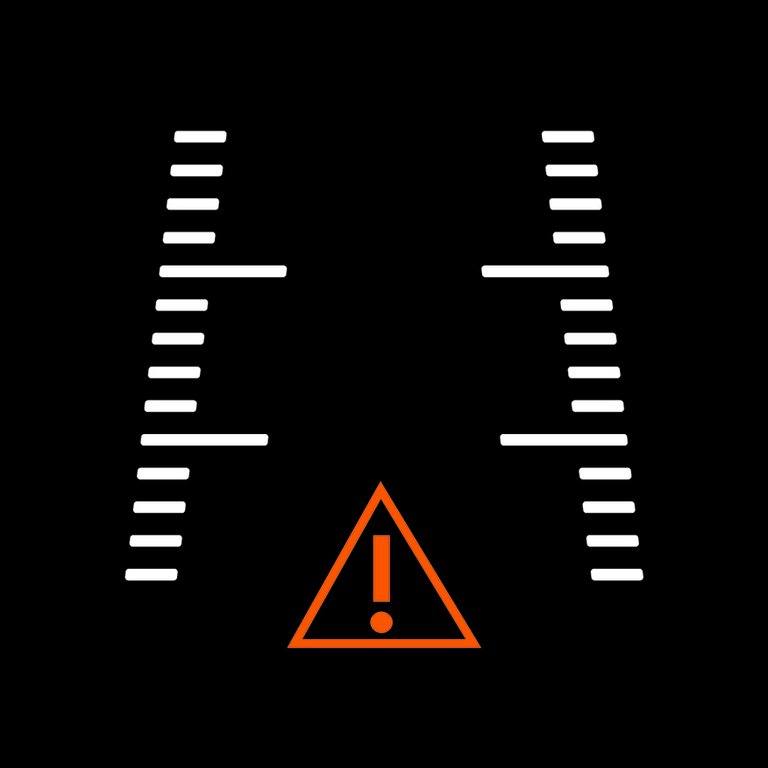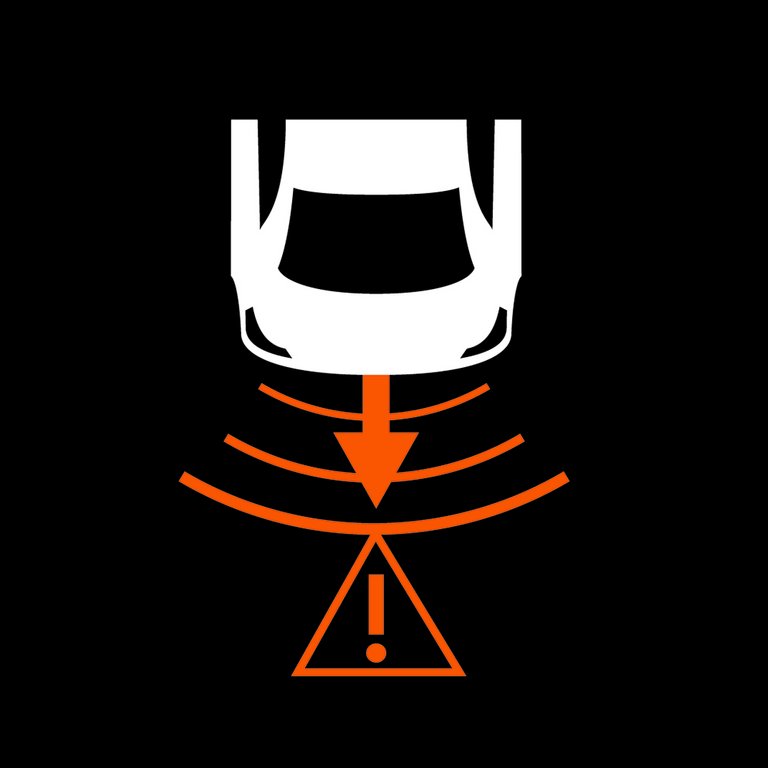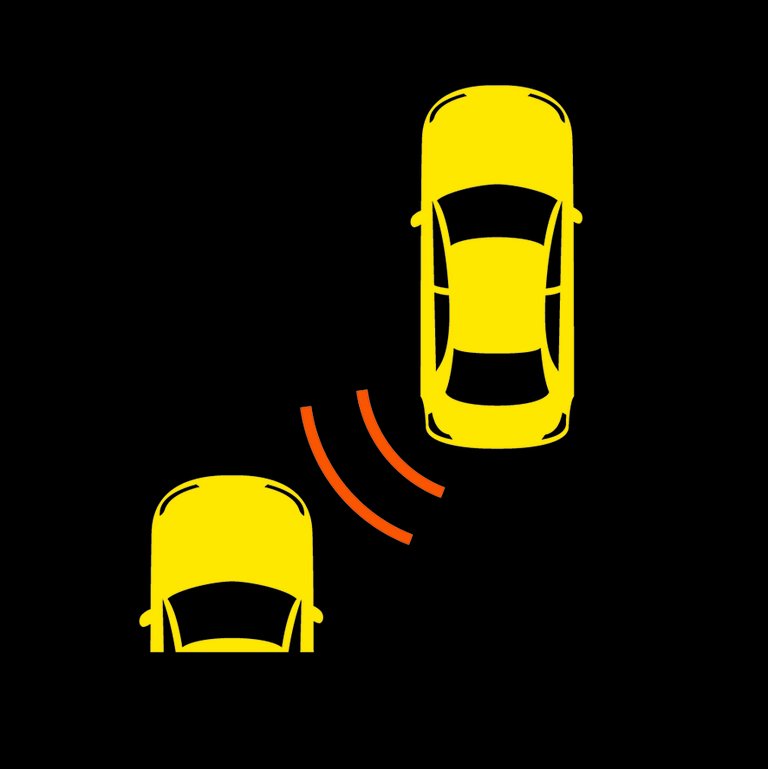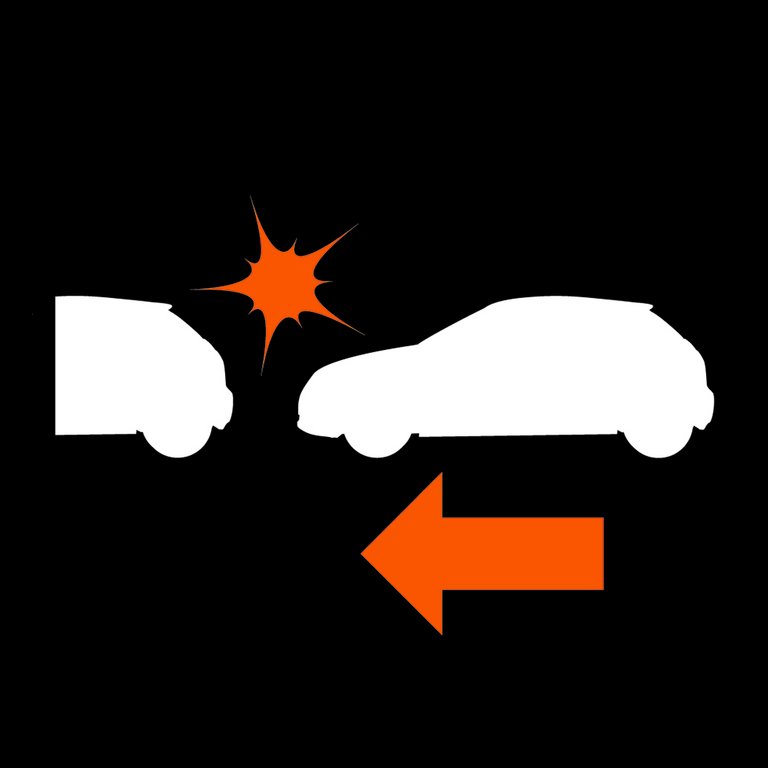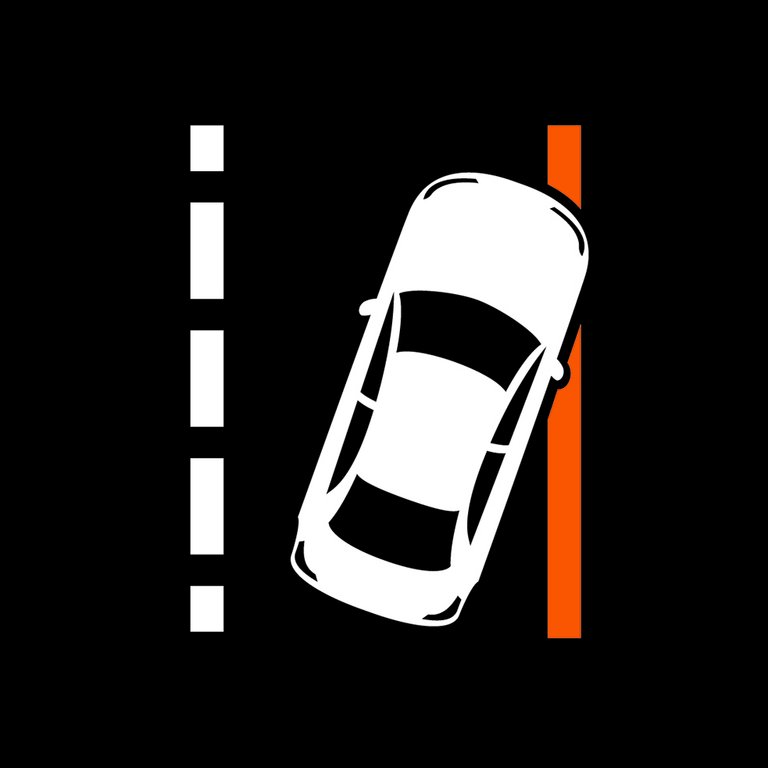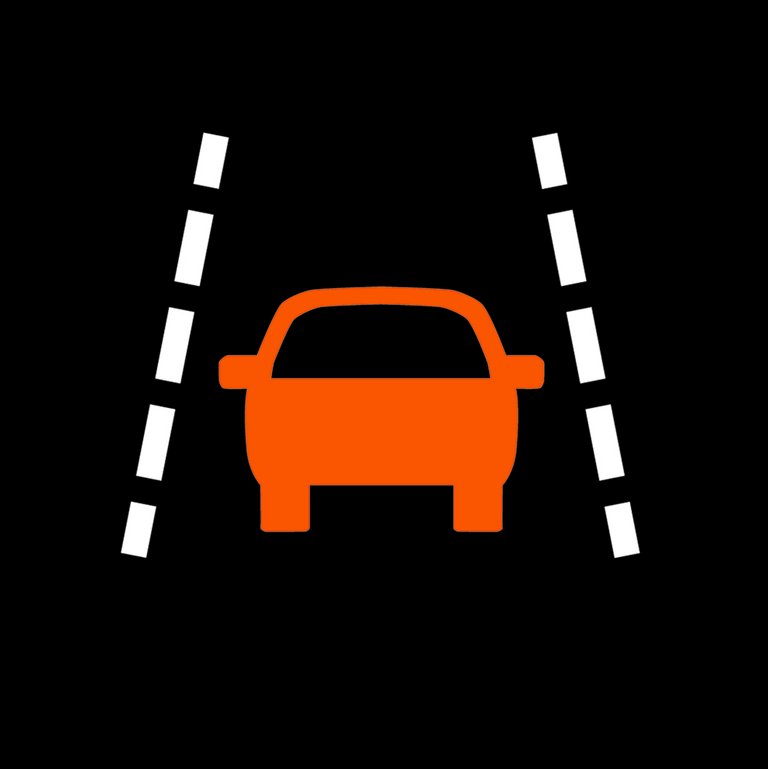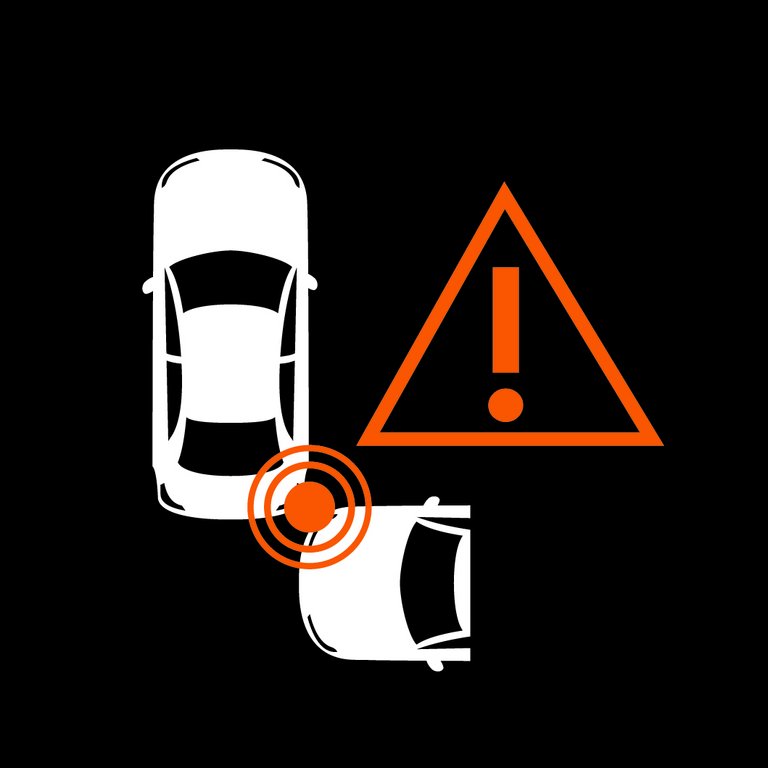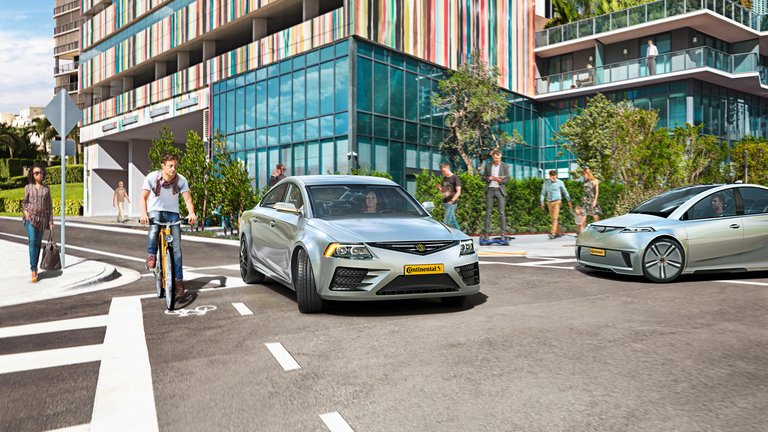Advanced Safety Technologies
Vehicles on the road today increasingly offer a wide range of high-tech safety features designed to help mitigate crashes, reduce driver distraction and enhance comfort for vehicle occupants. Often referred to as Advanced Driver Assistance Systems (ADAS), these technologies aim to make driving safer, but can sometimes be confusing because of the wide range of names they are called.
Learn more about each technology below, along with some common names that you may see on the market. The information included on this site is for educational and informational purposes only. Read the full disclaimer here.
Also known as: Traffic Jam Assist, Dynamic Cruise Control, Active Distance Assist
In a recent Consumer Reports study covering about 72,000 vehicles, 19 percent of respondents said Adaptive Cruise Control helped them avoid a crash.
ACC automatically speeds up and slows down your car to keep a set following distance relative to the car ahead. The function provides some braking to achieve this.
Learn more about the Continental technology that powers this function.
Also known as: Intelligent Headlights, Dynamic Light System, Curve-Adaptive Headlights
According to IIHS, about half of traffic deaths occur either in the dark or at dawn or dusk. The proportion of pedestrians killed in low light conditions is even greater.
There are two types of technologies known as "adaptive lighting:"
(1) The first improves visibility by automatically using high beams when needed, and switching to low beams when approaching another road user.
(2) The second technology, sometimes called curve-adaptive headlights, will follow the steering column to help you see on dark curved roads and over hills, moving when you steer to illuminate the road ahead.
Learn more about the Continental technology that powers this function.
Also known as: Collision Mitigation, Collision Avoidance, Brake Assist
According to IIHS, systems with automatic braking reduce rear-end crashes by about 40 percent on average.
Vehicles equipped with automatic emergency braking will:
- Alert drivers of a dangerous situation using audio, visual, or haptic alarms (forward collision warning)
- Automatically apply the vehicle brakes when an imminent collision is detected (crash imminent braking)
- Automatically increase braking if driver does initiate braking but with insufficient amount to avoid a collision (dynamic brake support)
Learn more about the Continental technology that powers this function.
Also known as: Rearview Camera
Since 2018, backup cameras are now standard on all new vehicles. According to an IIHS study, it can be expected that this technology will prevent nearly 1 in 6 backing crashes.
A backup camera helps you see the area behind your car when backing up. It often provides more visibility behind your car than you can get by turning your head, potentially helping to prevent a crash when backing up.
Learn more about the Continental technology that powers this function.
According to NHTSA and the Department of Transportation (DOT), backover crashes average 210 fatalities and 15,000 injuries annually.
These crashes affect the most vulnerable populations, with children under 5 accounting for 31 percent of the fatalities each year, and adults 70 and older accounting for 26 percent.
Some backup camera systems include sensors in the rear bumper that detect objects behind your car. When an object is detected, your system will provide a warning light and/or sound.
Learn more about the Continental technology that powers this function.
Also known as: Blind Spot Assist, Blind Spot Monitor, Blind Zone Alert
If installed on all vehicles, blind spot warning technology could potentially prevent 318,000 crashes a year, according to the AAA Foundation.
Blind spot detection systems warn drivers with an audio or visual warning if there are vehicles in adjacent lanes that the driver may not see. The alert helps facilitate safe lane changes.
Learn more about the Continental technology that powers this function.
Also known as: Forward Collision Avoidance, Collision Mitigation, Pre-Collision Assist
According to a study by IIHS, systems with forward collision warning reduce rear-end crashes by about 23 percent on average.
Forward collision warning systems warn of an impending collision by detecting stopped or slow-moving vehicles. Radar, lidar, and/or cameras scan the road while you drive and detect speed differences and proximity. When there is an impending collision, the system will alert the driver using lights, sound, or haptic warnings. Some systems may tighten your seatbelt or be paired with an automatic emergency brake system.
Learn more about the Continental technology that powers this function.
According to IIHS, if installed on all vehicles, lane departure warning technology would have prevented nearly 85,000 police-reported crashes and more than 55,000 injuries in one year.
Using camera or radar to view lane markings on the road, if the vehicle begins to drift out of the lane, the lane departure warning will alert the driver. The driver will experience audio, visual and/or vibration alerts. The driver can override this warning by using the turn signal.
Learn more about the Continental technology that powers this function.
Also known as: Lane Keep Assist, Lane Departure Assist
Crashes resulting from lane departures can be among the deadliest collisions. According to the most recent data, nearly 13,000 people died in crashes where a passenger vehicle left the lane unintentionally over the course of just one year.
When the vehicle begins to drift out of the lane, the lane departure warning will alert the driver. If the driver does not change course after the lane departure warning, the lane keeping assist system steers the vehicle back to the center of the lane.
Learn more about the Continental technology that powers this function.
There was a more than 3 percent increase in the number of pedestrians killed in traffic crashes in 2018, totaling 6,283 deaths — the most deaths since 1990 according to NHTSA.
Pedestrian detection systems use a combination of radar, camera and lidar sensors to see pedestrians. The system alerts the driver if there is a pedestrian in the path. If this function is paired with emergency braking, sensors trigger the braking system to slow the vehicle, to reduce or potentially avoid a collision.
Learn more about the Continental technology that powers this function.
Also known as: Rear Cross-Path Detection, Moving Object Detection
New research from IIHS indicates that a rear cross-traffic alert system alone can reduce backing crashes by more than 20 percent.
Rear cross-traffic alert (RCTA) is designed to help the vehicle back out of parking spaces where approaching traffic may be blocked from view. When the vehicle is shifted into reverse, sensors monitor the areas to the left and right. The feature will provide a visual or auditory warning if an approaching vehicle enters the detection areas.
Learn more about the Continental technology that powers this function.
